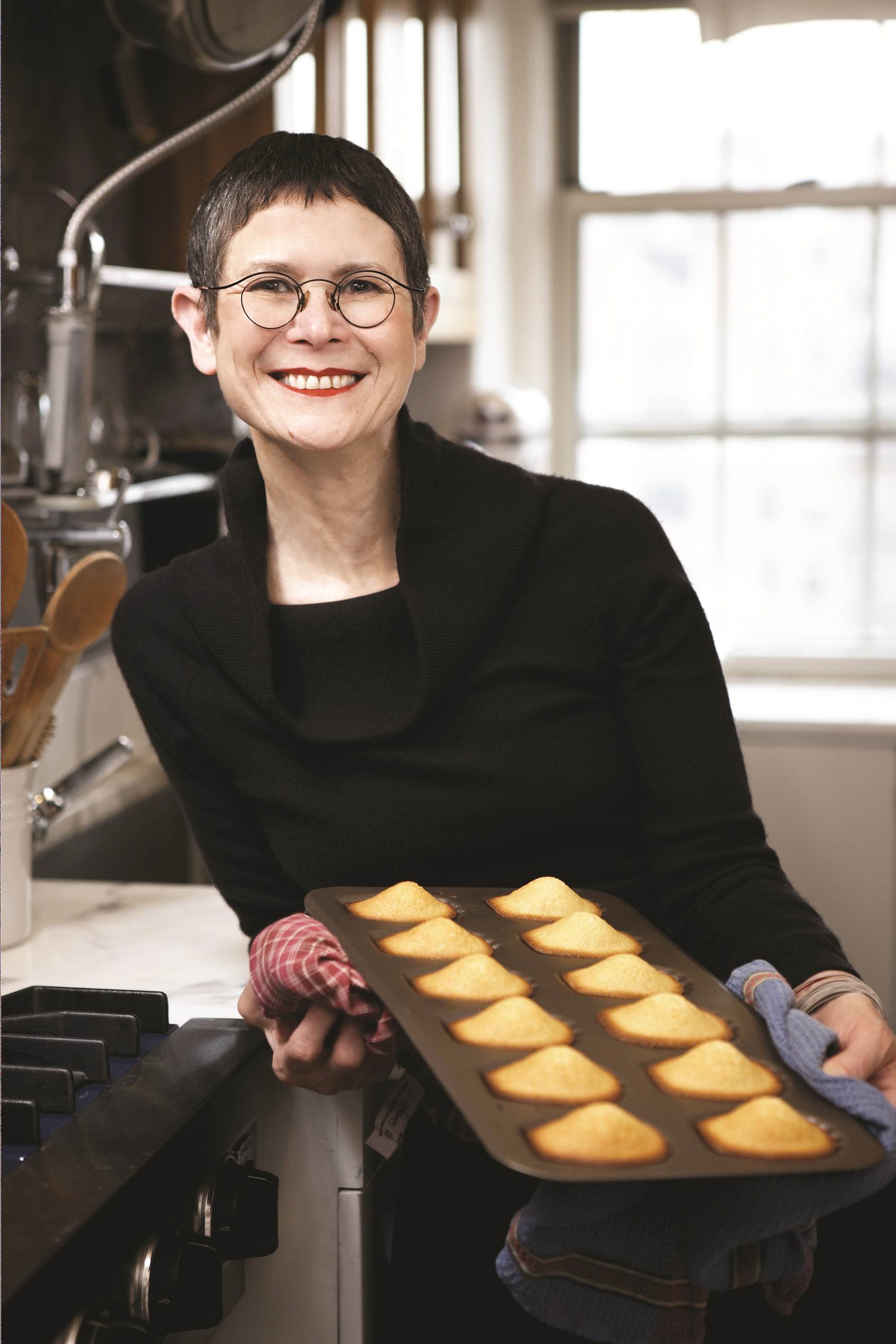The annoying thing about Dorie Greenspan is that no matter how much you don’t like to bake, aren’t good at baking, don’t even want to bake … if you listen to her long enough, you’ll find yourself hankering to get your hands into some flour, certain even you can whip up some laborious, glorious baked treat. Her can-do attitude is that infectious.
It’s OK to hate her just a little bit for it.
Luckily, Greenspan’s latest cookbook, “Baking Chez Moi” (Houghton Mifflin Harcourt, 2014), has little tolerance for time- or skill-intensive baking. The idea for it came from the realization that even in France — the country from which much of her culinary inspiration is drawn — home cooks lack the time, tolerance and skill for anything but simple home baking.
“Real French people don’t bake! At least they don’t bake anything complicated, finicky, tricky or unreliable,” she writes in the book. “Pastry, the fancy stuff, is what pastry shops are for, and France has plenty of them.”
We spoke with Greenspan recently and asked her what desserts Americans are too intimidated to make at home, but really should. The lesson, of course, is that the more you bake, the better you bake. She suggests picking a handful of easy items to master.



